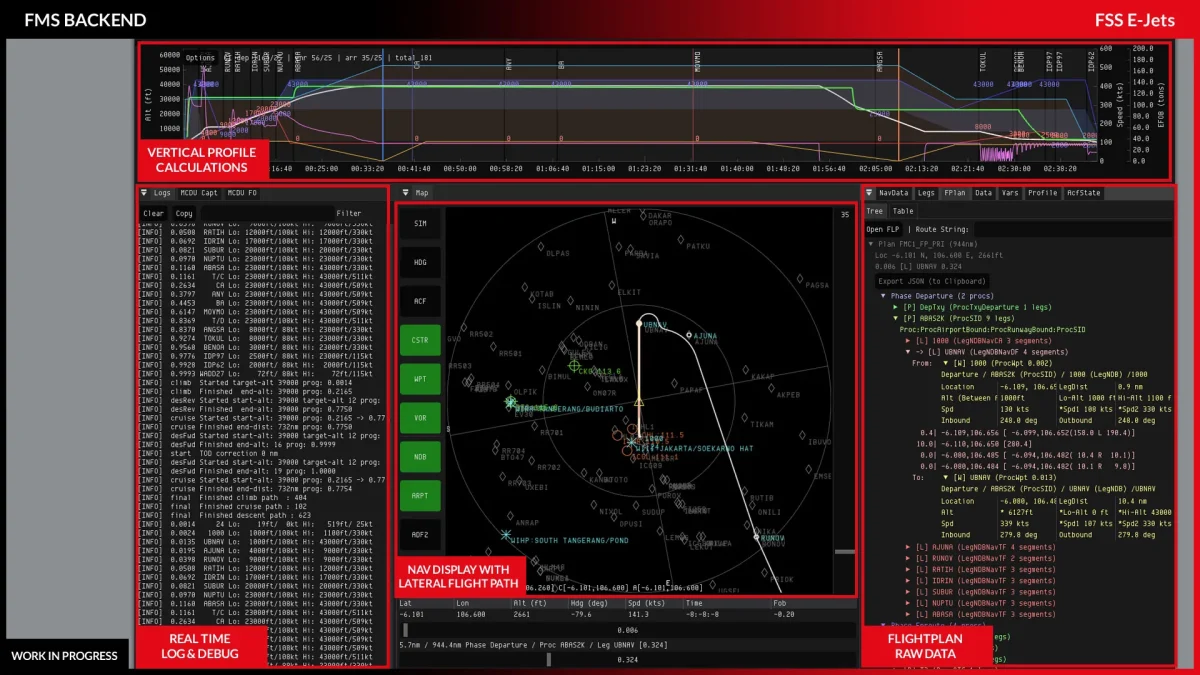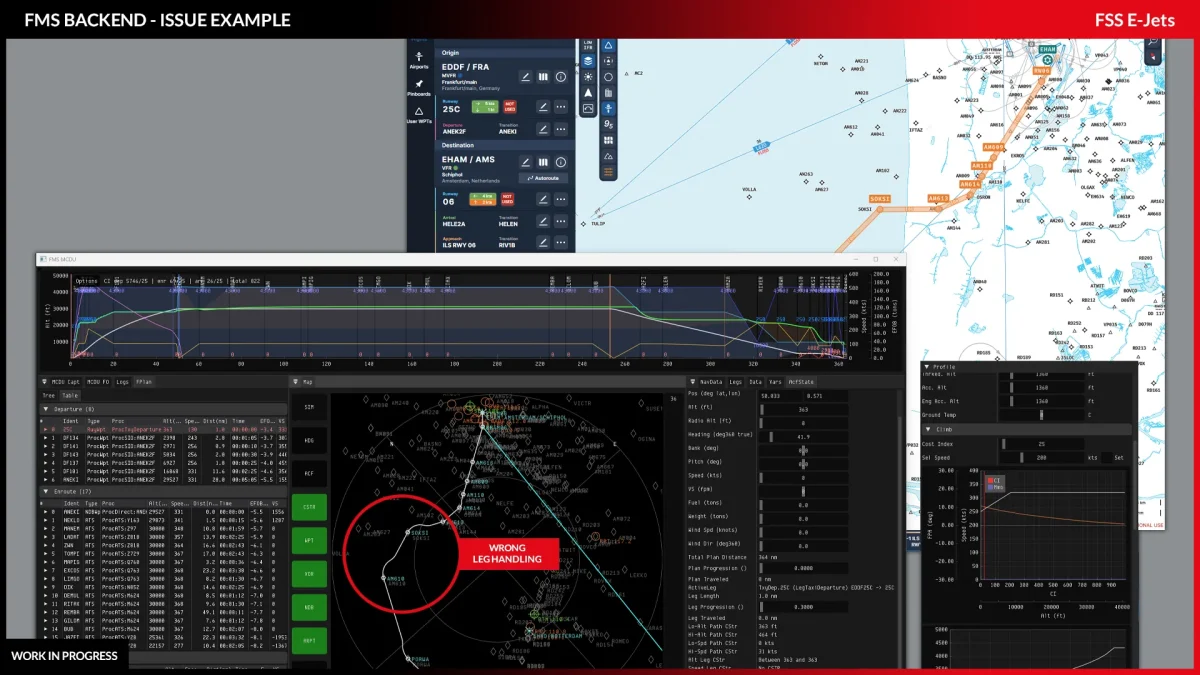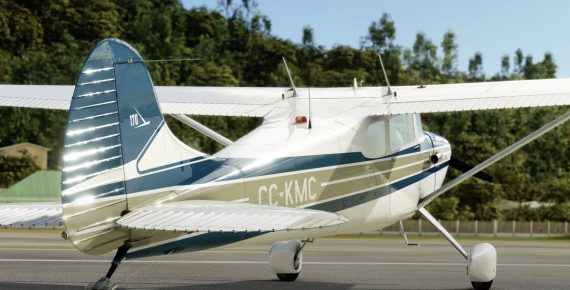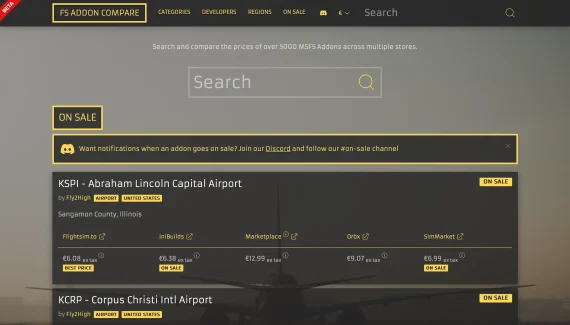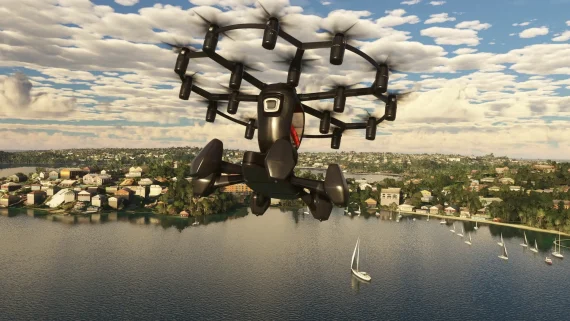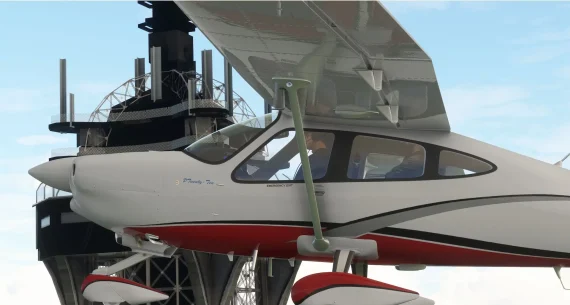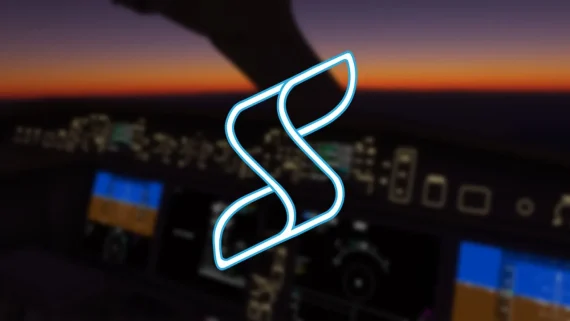FlightSim Studio’s E-Jets project update: current status and future roadmap
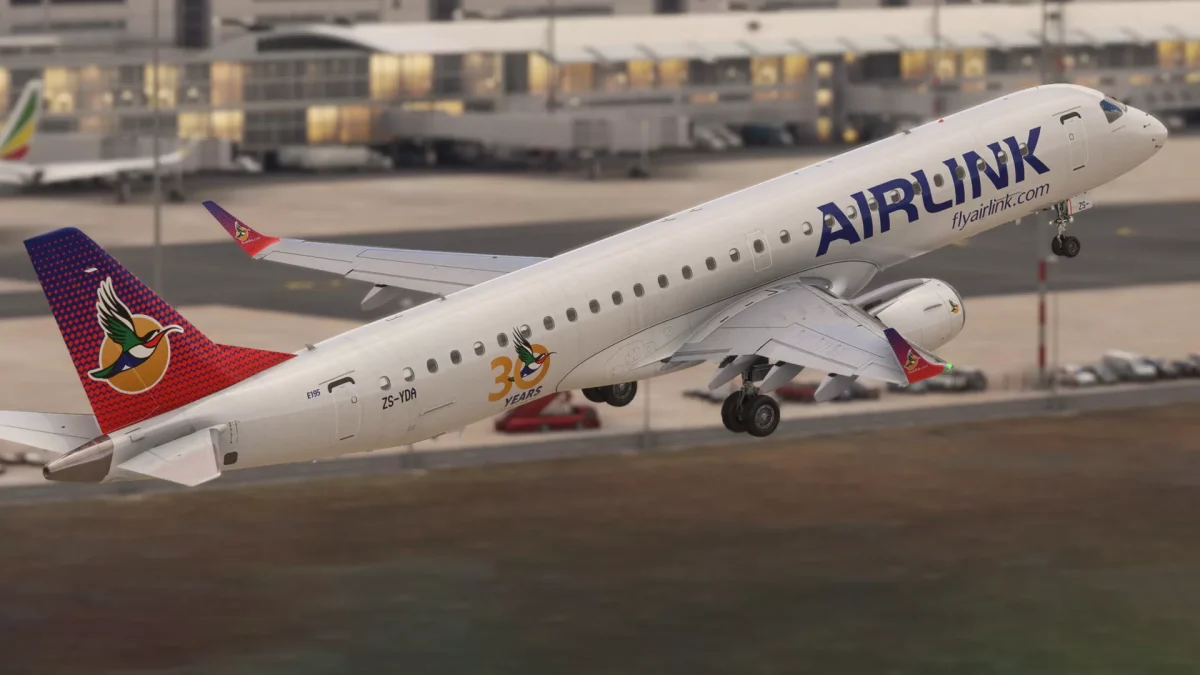
As 2023 draws to a close, FlightSim Studios, the team behind the ambitious E-Jets Series for MSFS, reflects on the past 24 months of intensive development. Their journey, which started around 2 years ago, has been marked by both achievements and unexpected challenges. Now, the developers have offered a transparent update on the current state of their project, particularly focusing on the eagerly anticipated custom FMS and its new LNAV and VNAV functionalities.
Initially, the E-Jets roadmap planned for an early access launch by Christmas 2022, followed by significant feature additions and the release of the E190/195 as a separate product by summer 2023. The plan also included the release of a specially developed FMS and autopilot by Christmas 2023, marking the transition to version 1.0 and accompanied by a price increase.
However, reality diverged from these plans. FlightSim Studio explains that the first six months post-release were consumed by intensive bug fixing, delaying the development of the E190/195. Despite these setbacks, the team managed to continuously improve the aircraft and its systems, even as they expanded and restructured their team to accommodate the project’s growing complexity.
Currently, the project is approximately six months behind schedule, with the E190/195 release imminent. A new, more realistic roadmap targets the initial release of the custom FMS and autopilot in summer 2024, with a full-featured version 1.0 expected by the end of that year. This development involves crafting an FMS capable of handling complex navigational tasks and an in-house developed autopilot, doubling the overall effort. The complexity of these systems means that rapid progress is challenging, with current staffing including one full-time developer each on the FMS backend and the autopilot.
The approach for the FMS involves coding the entire system outside the flight simulator, allowing for more efficient development. This includes creating subsystems like mathematical functions for navigational tasks, integration with various data sources, and a custom TCAS system, among others. The team aims to integrate this system into the aircraft after fixing major bugs, connecting it with the autopilot and implementing a new route drawing on the NAV display.
Despite these challenges, the team remains committed to delivering a high-quality FMS and autopilot system. They understand the community’s eagerness for these features but emphasize the importance of patience to ensure the final product meets the high standards set by both the developers and the users.
To illustrate their work behind the scenes, the development team shared a few screenshots and even a video showing the debugging process behind existing errors, a detailed feature roadmap toward v1.0, and more.
Despite the challenges during this year, the FSS E-175 has improved significantly since the day of the release, and is good to see the developers committed to bringing even more updates to the product, alongside the planned upgrades with the additional variants in the product line. As always, we’ll keep you updated on this project over the course of 2024!




